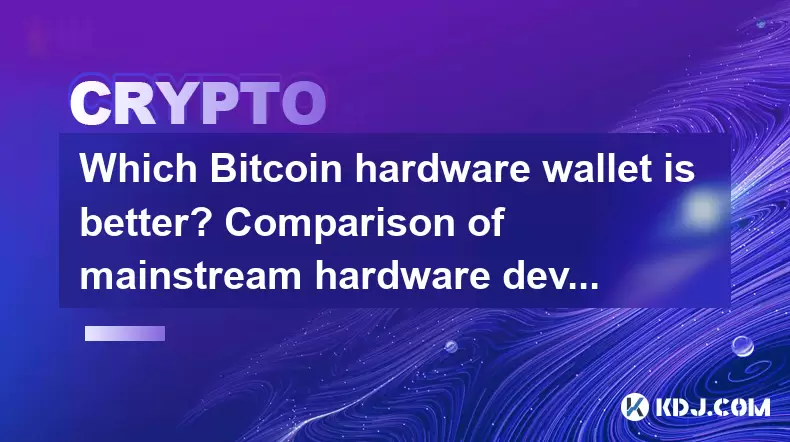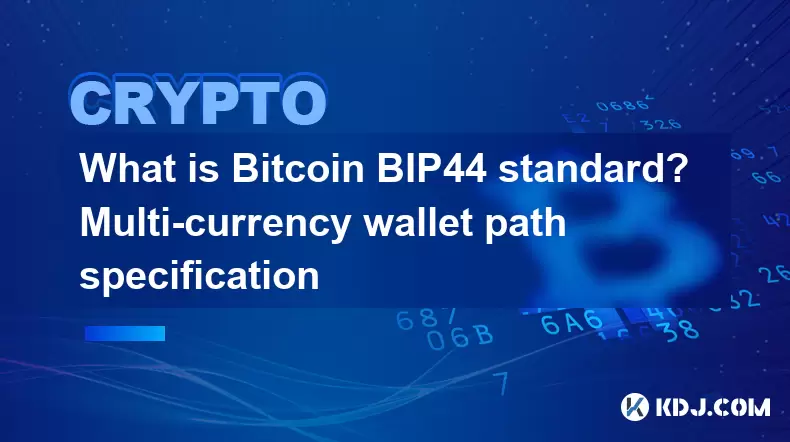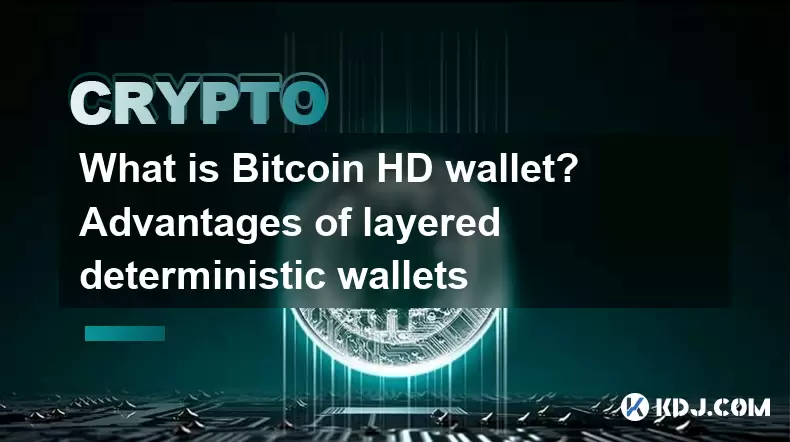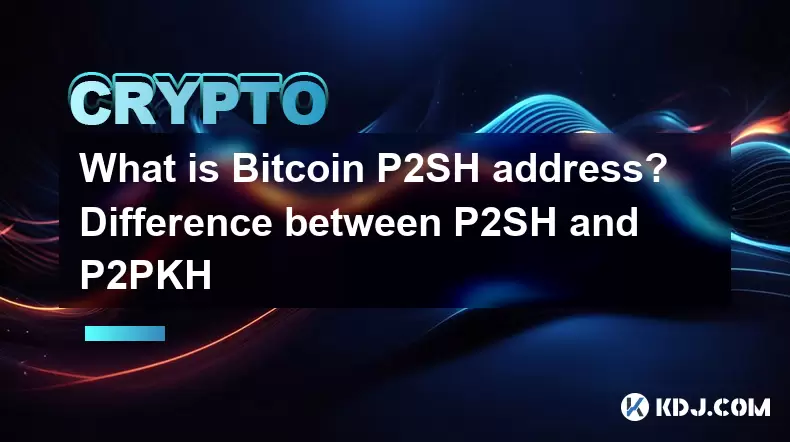-
 Bitcoin
Bitcoin $107,443.3008
-1.17% -
 Ethereum
Ethereum $2,494.2503
-0.63% -
 Tether USDt
Tether USDt $1.0003
0.00% -
 XRP
XRP $2.2496
2.23% -
 BNB
BNB $658.7569
0.63% -
 Solana
Solana $154.9826
1.94% -
 USDC
USDC $1.0000
0.01% -
 TRON
TRON $0.2799
1.07% -
 Dogecoin
Dogecoin $0.1659
-1.78% -
 Cardano
Cardano $0.5745
0.25% -
 Hyperliquid
Hyperliquid $39.7005
0.13% -
 Bitcoin Cash
Bitcoin Cash $519.5989
3.78% -
 Sui
Sui $2.7874
-2.40% -
 Chainlink
Chainlink $13.3762
-1.69% -
 UNUS SED LEO
UNUS SED LEO $9.0784
-0.64% -
 Avalanche
Avalanche $17.9846
-2.81% -
 Stellar
Stellar $0.2390
-0.06% -
 Toncoin
Toncoin $2.9028
0.25% -
 Shiba Inu
Shiba Inu $0.0...01147
-2.17% -
 Litecoin
Litecoin $86.6956
-1.27% -
 Hedera
Hedera $0.1508
-0.50% -
 Monero
Monero $322.6222
3.26% -
 Polkadot
Polkadot $3.4124
-2.99% -
 Dai
Dai $0.9999
0.00% -
 Bitget Token
Bitget Token $4.5434
-1.97% -
 Ethena USDe
Ethena USDe $1.0002
0.00% -
 Uniswap
Uniswap $7.1562
-2.61% -
 Aave
Aave $275.8830
-1.02% -
 Pepe
Pepe $0.0...09790
-4.04% -
 Pi
Pi $0.5018
-5.09%
How to calculate Bitcoin transaction fees? How to reduce transaction costs?
To minimize Bitcoin transaction fees, use SegWit addresses, batch transactions, and choose low-congestion times; tools like Bitcoin Core's fee estimator can help optimize costs.
May 08, 2025 at 08:14 am

Understanding how to calculate Bitcoin transaction fees and how to reduce these costs is crucial for anyone involved in the cryptocurrency space. Bitcoin transaction fees are determined by several factors, including the size of the transaction in bytes, the network congestion at the time of the transaction, and the priority you want to give your transaction. In this article, we will explore these factors in detail and provide actionable steps to minimize your costs.
Factors Influencing Bitcoin Transaction Fees
The size of the transaction in bytes is a critical factor in determining the fee. Each transaction on the Bitcoin network is composed of inputs and outputs, and the more complex the transaction, the larger its size in bytes. For example, a transaction that consolidates multiple inputs into a single output will be larger than a simple transaction moving funds from one address to another.
Network congestion also plays a significant role. When the Bitcoin network is busy, miners prioritize transactions with higher fees. During periods of high demand, such as during market volatility, the fees can increase significantly as users compete to have their transactions processed quickly.
The priority you want to give your transaction is another factor. If you want your transaction to be processed quickly, you will need to pay a higher fee. Conversely, if you are willing to wait, you can opt for a lower fee.
How to Calculate Bitcoin Transaction Fees
Calculating Bitcoin transaction fees involves understanding the fee rate and the size of your transaction. The fee rate is typically expressed in satoshis per byte (sat/B). To calculate the fee, you multiply the size of your transaction in bytes by the fee rate you are willing to pay.
- Determine the size of your transaction: Use a Bitcoin wallet or a transaction size calculator to find out the size of your transaction in bytes. Most modern wallets will provide this information automatically.
- Choose a fee rate: You can use a fee estimator tool like the one provided by Bitcoin Core or third-party services like Bitcoiner.live to determine an appropriate fee rate based on current network conditions.
- Calculate the fee: Multiply the size of your transaction by the chosen fee rate. For example, if your transaction is 250 bytes and you choose a fee rate of 20 sat/B, your fee would be 250 20 = 5,000 satoshis.
Reducing Bitcoin Transaction Fees
Reducing transaction fees is a priority for many Bitcoin users. Here are several strategies you can use to minimize your costs:
- Use SegWit addresses: Segregated Witness (SegWit) is an upgrade to the Bitcoin protocol that increases the efficiency of transactions, reducing their size in bytes. By using SegWit addresses, you can lower your transaction fees.
- Batch transactions: If you need to make multiple transactions, consider batching them into a single transaction. This reduces the overall size of the transactions, leading to lower fees.
- Choose the right time: Transaction fees are generally lower during periods of low network congestion. If your transaction is not urgent, consider waiting for a less busy time to send it.
- Use fee estimation tools: Tools like Bitcoin Core's fee estimator or third-party services can help you find the optimal fee for your transaction, ensuring it gets processed without overpaying.
Practical Example of Reducing Transaction Fees
Let's walk through a practical example of how to reduce transaction fees using the strategies mentioned above.
- Check your wallet for SegWit support: Ensure your wallet supports SegWit addresses. If it does, use a SegWit address for your transaction.
- Batch your transactions: If you have multiple small transactions to make, consolidate them into a single transaction. For example, if you need to send 0.1 BTC to three different addresses, create a single transaction with three outputs instead of three separate transactions.
- Use a fee estimation tool: Visit a fee estimation tool like Bitcoiner.live to determine the current recommended fee rate for a low-priority transaction.
- Calculate your transaction size: Use your wallet to find out the size of your batched transaction in bytes.
- Calculate your fee: Multiply the transaction size by the recommended fee rate. If your batched transaction is 400 bytes and the recommended fee rate is 10 sat/B, your fee would be 400 10 = 4,000 satoshis.
- Send the transaction: Once you have calculated your fee, send the transaction using your wallet.
Additional Tips for Managing Transaction Fees
In addition to the strategies mentioned above, here are some additional tips to help you manage your Bitcoin transaction fees effectively:
- Monitor network conditions: Keep an eye on the current state of the Bitcoin network. Tools like mempool.space can provide real-time data on network congestion and fee rates.
- Consider using the Lightning Network: For small, frequent transactions, consider using the Lightning Network, which can significantly reduce fees by processing transactions off the main Bitcoin blockchain.
- Adjust your fee dynamically: Some wallets allow you to set a dynamic fee that adjusts based on network conditions. This can help ensure your transaction gets processed without overpaying.
Frequently Asked Questions
Q: Can I change the fee after I've sent a Bitcoin transaction?
A: Once a Bitcoin transaction is broadcast to the network, the fee cannot be changed. However, some wallets support a feature called "Replace-By-Fee" (RBF), which allows you to replace an unconfirmed transaction with a new one that has a higher fee.
Q: What happens if I set the fee too low?
A: If you set the fee too low, your transaction may take a long time to be confirmed or may not be confirmed at all. Miners prioritize transactions with higher fees, so a low fee can result in your transaction being stuck in the mempool.
Q: Are there any risks associated with using SegWit addresses?
A: SegWit addresses are considered safe and are widely supported by modern wallets and exchanges. However, older systems or wallets that do not support SegWit may have compatibility issues. Always ensure that the recipient's wallet supports SegWit before sending funds to a SegWit address.
Q: How can I estimate the size of my transaction before sending it?
A: Most modern Bitcoin wallets will automatically provide an estimate of the transaction size in bytes. If your wallet does not offer this feature, you can use online tools like the Bitcoin Transaction Size Calculator to estimate the size based on the number of inputs and outputs in your transaction.
Disclaimer:info@kdj.com
The information provided is not trading advice. kdj.com does not assume any responsibility for any investments made based on the information provided in this article. Cryptocurrencies are highly volatile and it is highly recommended that you invest with caution after thorough research!
If you believe that the content used on this website infringes your copyright, please contact us immediately (info@kdj.com) and we will delete it promptly.
- Circle, Stablecoins, and National Banks: A New Era for Digital Finance?
- 2025-07-01 09:10:12
- Stablecoin Showdown: USD1 vs. USDC and the Regulatory Rumble
- 2025-07-01 09:10:12
- XRP, Wall Street, and the Bitcoin Model: A New Era for Institutional Crypto?
- 2025-07-01 09:30:12
- Grayscale, ETFs, and the SEC: A Crypto Game Changer?
- 2025-07-01 09:30:12
- S&P 500, Bitcoin, and Record Highs: A New Era of Corporate Crypto Adoption?
- 2025-07-01 09:50:13
- SOL Price, ETF News, Rally Sustainability: Decoding Solana's Next Move
- 2025-07-01 09:35:12
Related knowledge

Which Bitcoin hardware wallet is better? Comparison of mainstream hardware devices
Jun 16,2025 at 02:08am
What Is a Bitcoin Hardware Wallet?A Bitcoin hardware wallet is a physical device designed to securely store the private keys associated with your cryptocurrency holdings. Unlike software wallets, which are more vulnerable to online threats, hardware wallets keep private keys offline, significantly reducing the risk of unauthorized access. These devices ...

What are Bitcoin non-custodial wallets? Self-controlled private key recommendation
Jun 16,2025 at 11:29pm
Understanding Bitcoin Non-Custodial WalletsA Bitcoin non-custodial wallet is a type of digital wallet where users retain full control over their private keys. Unlike custodial wallets, which are managed by third-party services such as exchanges, non-custodial wallets ensure that only the user can access and manage their funds. This means no intermediary...

What is Bitcoin BIP44 standard? Multi-currency wallet path specification
Jun 15,2025 at 04:08pm
Understanding the BIP44 Standard in Bitcoin and CryptocurrencyThe BIP44 standard, which stands for Bitcoin Improvement Proposal 44, is a widely adopted hierarchical deterministic wallet structure used across various cryptocurrencies. It defines a structured path format that enables wallets to support multiple currencies while maintaining consistency and...

What is Bitcoin HD wallet? Advantages of layered deterministic wallets
Jun 16,2025 at 03:56pm
Understanding Bitcoin HD WalletsA Bitcoin HD wallet, or Hierarchical Deterministic wallet, is a type of cryptocurrency wallet that generates multiple keys and addresses from a single seed phrase. Unlike traditional wallets that create random private keys for each transaction, an HD wallet follows a structured hierarchy to derive keys in a deterministic ...

Is Bitcoin zero-confirmation transaction risky? Zero-confirmation usage scenarios
Jun 15,2025 at 03:57am
Understanding Zero-Confirmation Transactions in BitcoinBitcoin zero-confirmation transactions, often referred to as 'unconfirmed transactions,' are those that have been broadcast to the network but have not yet been included in a block. This means they have not received any confirmations from miners. While these transactions can be useful in certain con...

What is Bitcoin P2SH address? Difference between P2SH and P2PKH
Jun 16,2025 at 09:49pm
Understanding Bitcoin P2SH AddressesA Pay-to-Script-Hash (P2SH) address in the Bitcoin network is a type of address that allows users to send funds to a script hash rather than directly to a public key hash, as seen in earlier address formats. This innovation was introduced through BIP 16, enhancing flexibility and enabling more complex transaction type...

Which Bitcoin hardware wallet is better? Comparison of mainstream hardware devices
Jun 16,2025 at 02:08am
What Is a Bitcoin Hardware Wallet?A Bitcoin hardware wallet is a physical device designed to securely store the private keys associated with your cryptocurrency holdings. Unlike software wallets, which are more vulnerable to online threats, hardware wallets keep private keys offline, significantly reducing the risk of unauthorized access. These devices ...

What are Bitcoin non-custodial wallets? Self-controlled private key recommendation
Jun 16,2025 at 11:29pm
Understanding Bitcoin Non-Custodial WalletsA Bitcoin non-custodial wallet is a type of digital wallet where users retain full control over their private keys. Unlike custodial wallets, which are managed by third-party services such as exchanges, non-custodial wallets ensure that only the user can access and manage their funds. This means no intermediary...

What is Bitcoin BIP44 standard? Multi-currency wallet path specification
Jun 15,2025 at 04:08pm
Understanding the BIP44 Standard in Bitcoin and CryptocurrencyThe BIP44 standard, which stands for Bitcoin Improvement Proposal 44, is a widely adopted hierarchical deterministic wallet structure used across various cryptocurrencies. It defines a structured path format that enables wallets to support multiple currencies while maintaining consistency and...

What is Bitcoin HD wallet? Advantages of layered deterministic wallets
Jun 16,2025 at 03:56pm
Understanding Bitcoin HD WalletsA Bitcoin HD wallet, or Hierarchical Deterministic wallet, is a type of cryptocurrency wallet that generates multiple keys and addresses from a single seed phrase. Unlike traditional wallets that create random private keys for each transaction, an HD wallet follows a structured hierarchy to derive keys in a deterministic ...

Is Bitcoin zero-confirmation transaction risky? Zero-confirmation usage scenarios
Jun 15,2025 at 03:57am
Understanding Zero-Confirmation Transactions in BitcoinBitcoin zero-confirmation transactions, often referred to as 'unconfirmed transactions,' are those that have been broadcast to the network but have not yet been included in a block. This means they have not received any confirmations from miners. While these transactions can be useful in certain con...

What is Bitcoin P2SH address? Difference between P2SH and P2PKH
Jun 16,2025 at 09:49pm
Understanding Bitcoin P2SH AddressesA Pay-to-Script-Hash (P2SH) address in the Bitcoin network is a type of address that allows users to send funds to a script hash rather than directly to a public key hash, as seen in earlier address formats. This innovation was introduced through BIP 16, enhancing flexibility and enabling more complex transaction type...
See all articles

























































































